-
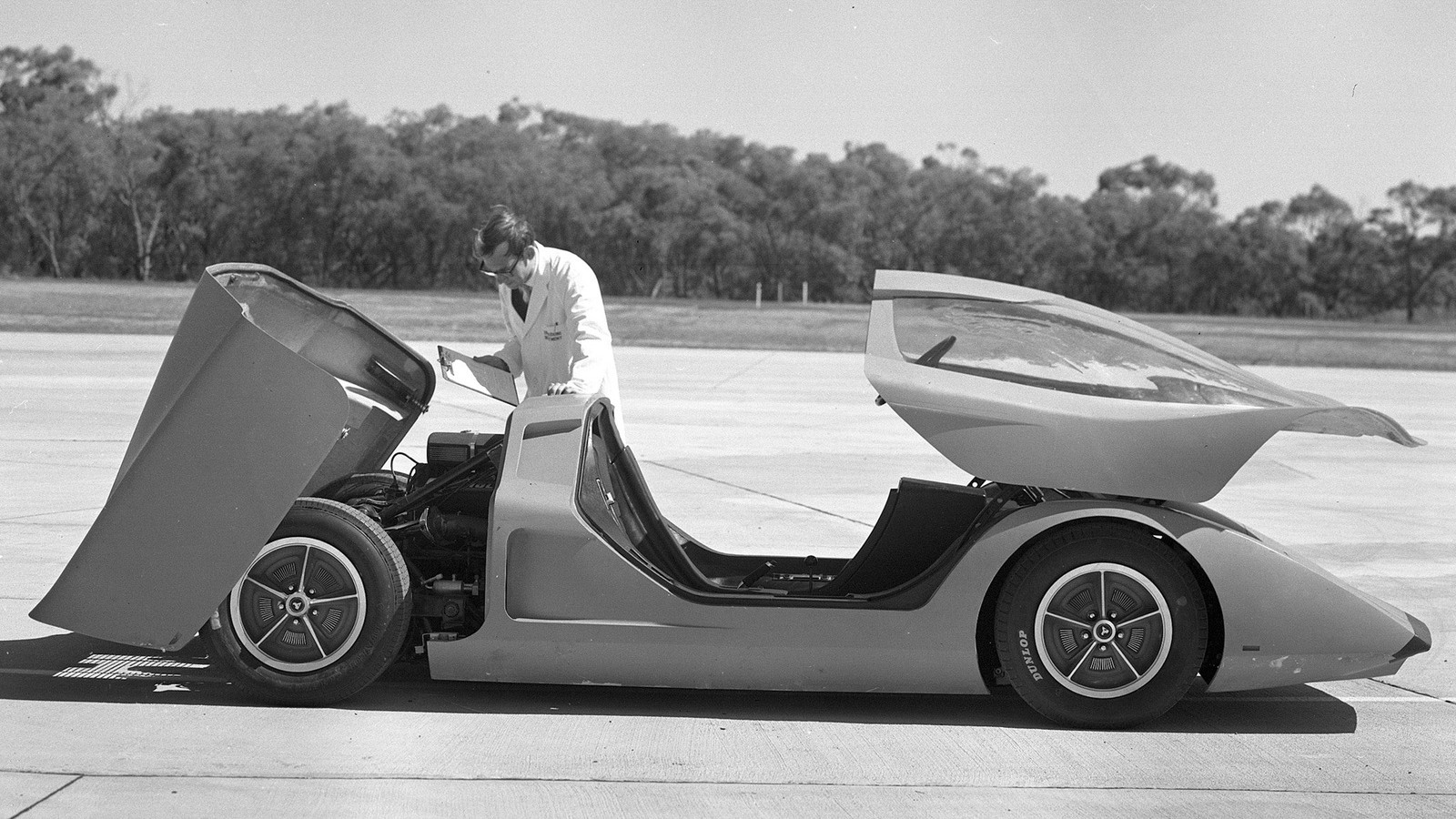 © Holden
© Holden -
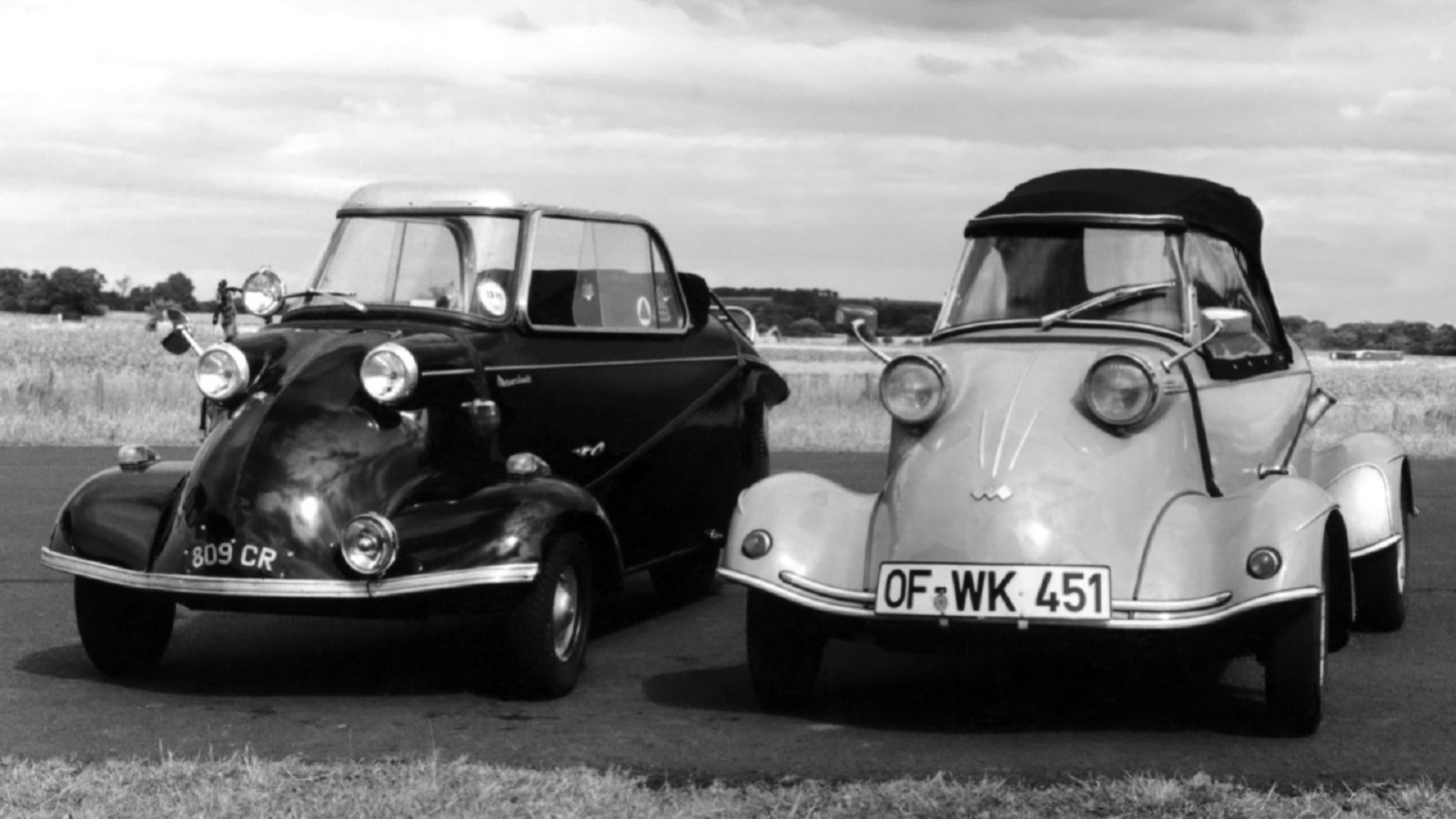 © Messerschmitt
© Messerschmitt -
 © Ford
© Ford -
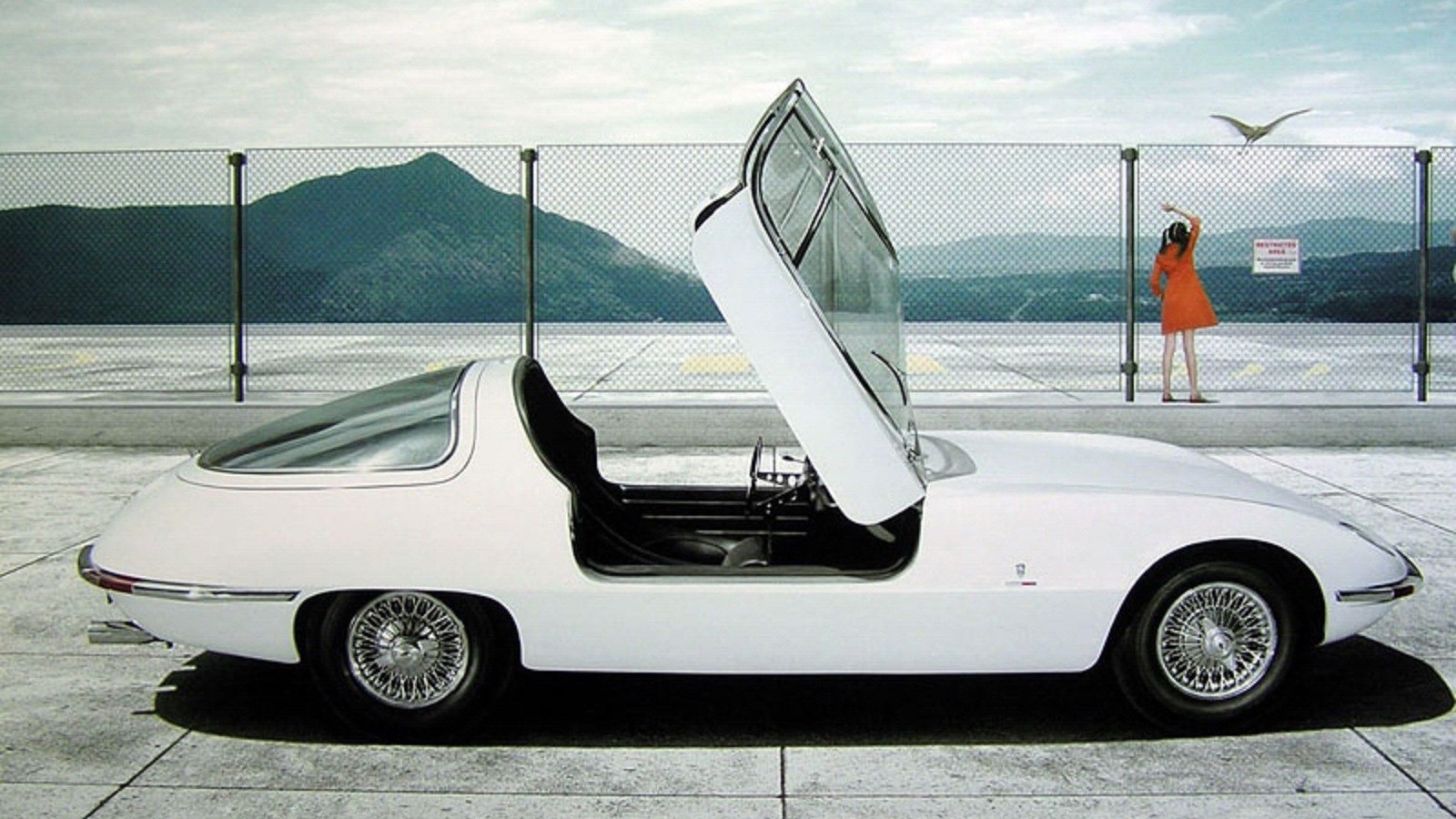 © Chevrolet
© Chevrolet -
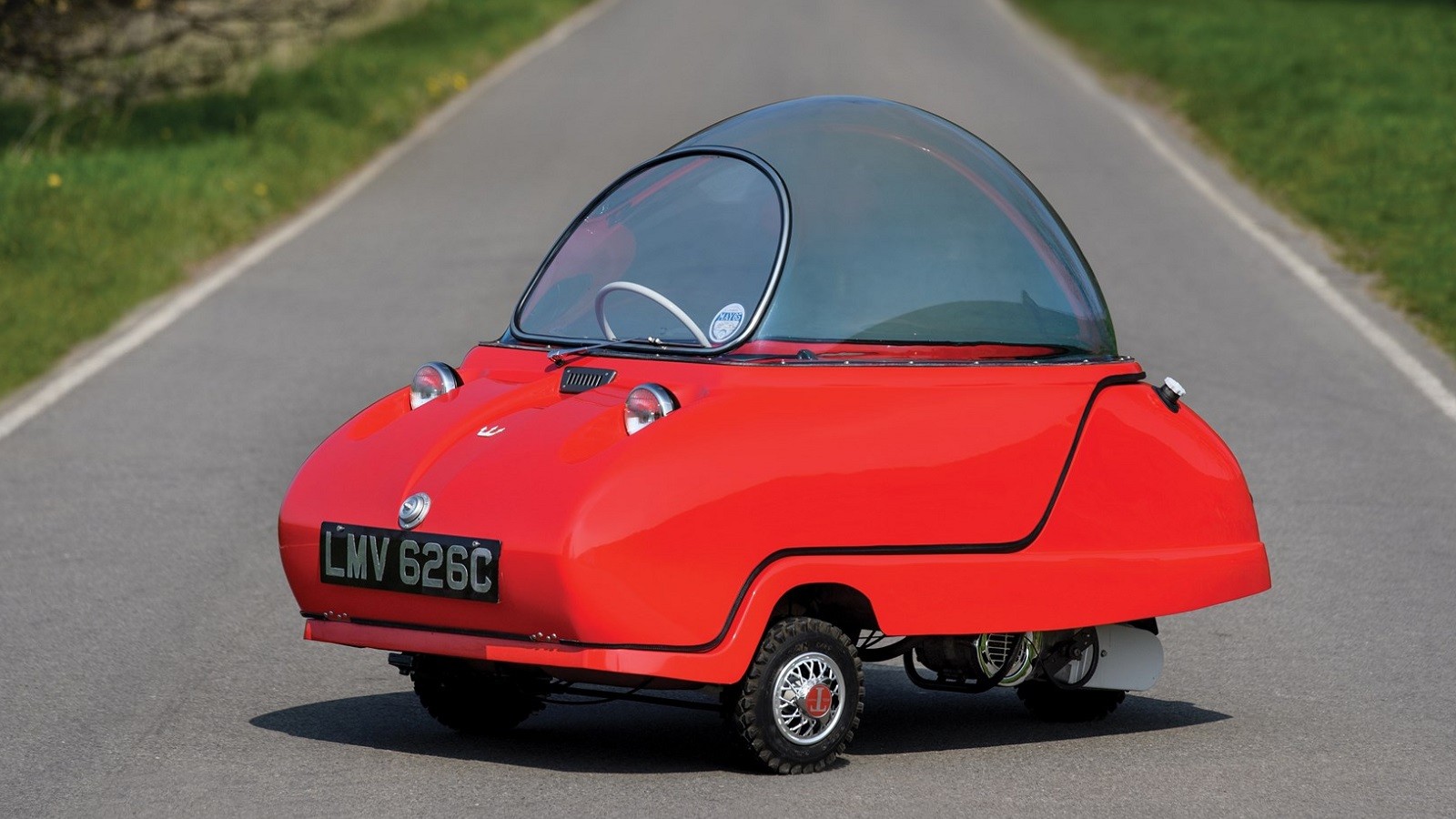 © RM Auctions
© RM Auctions -
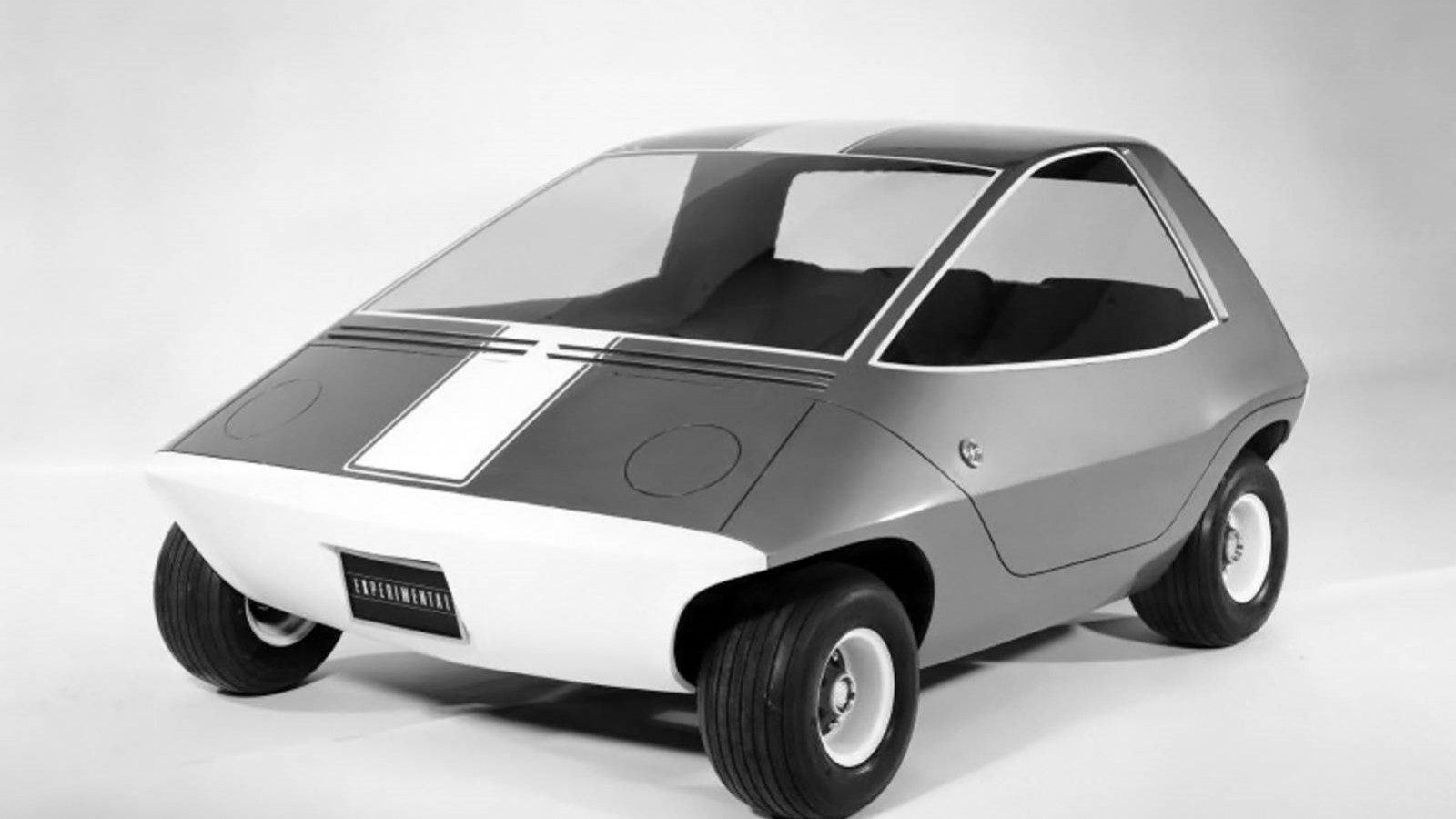 © AMC
© AMC -
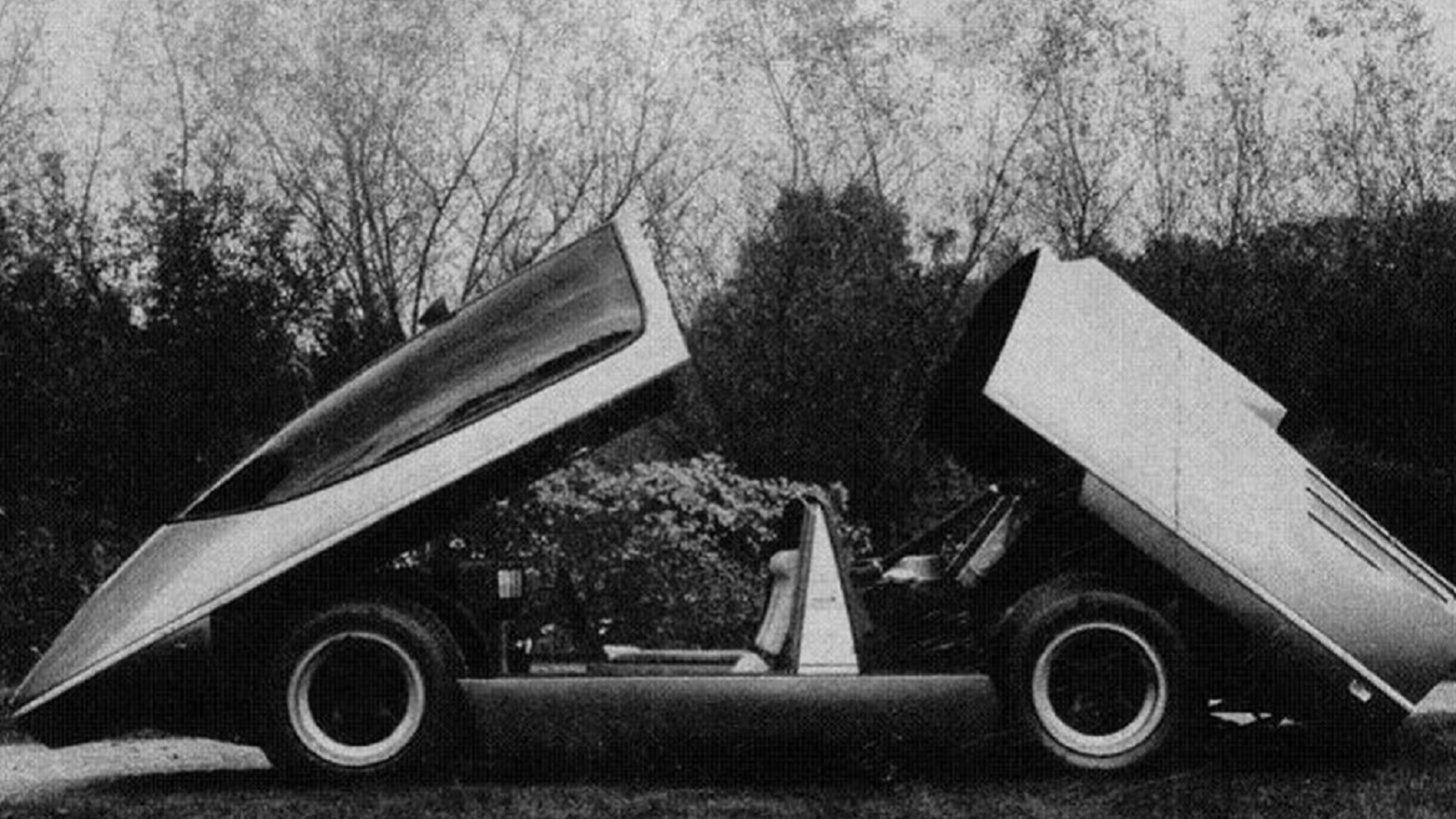 © David Gittens
© David Gittens -
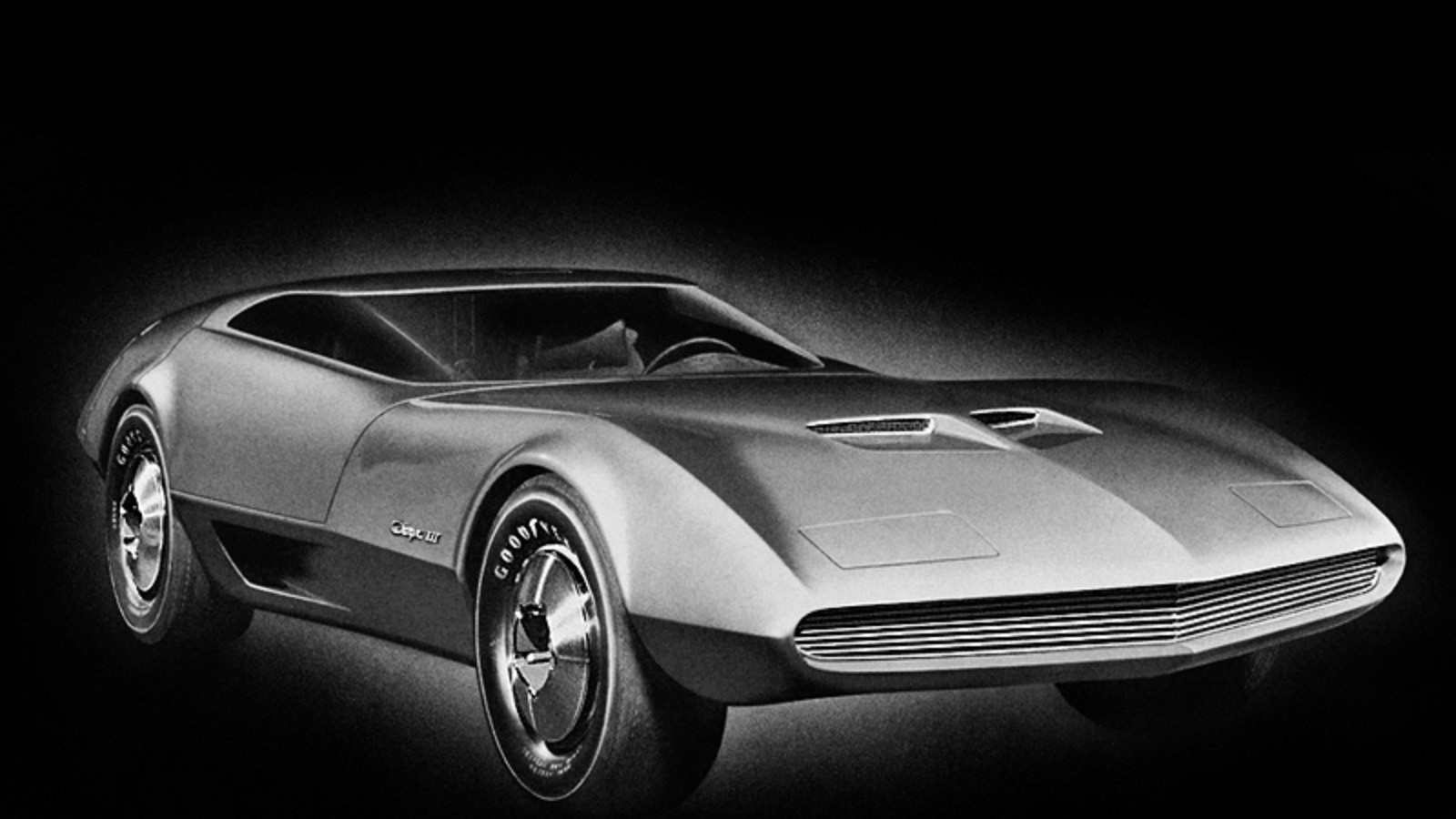 © Dodge
© Dodge -
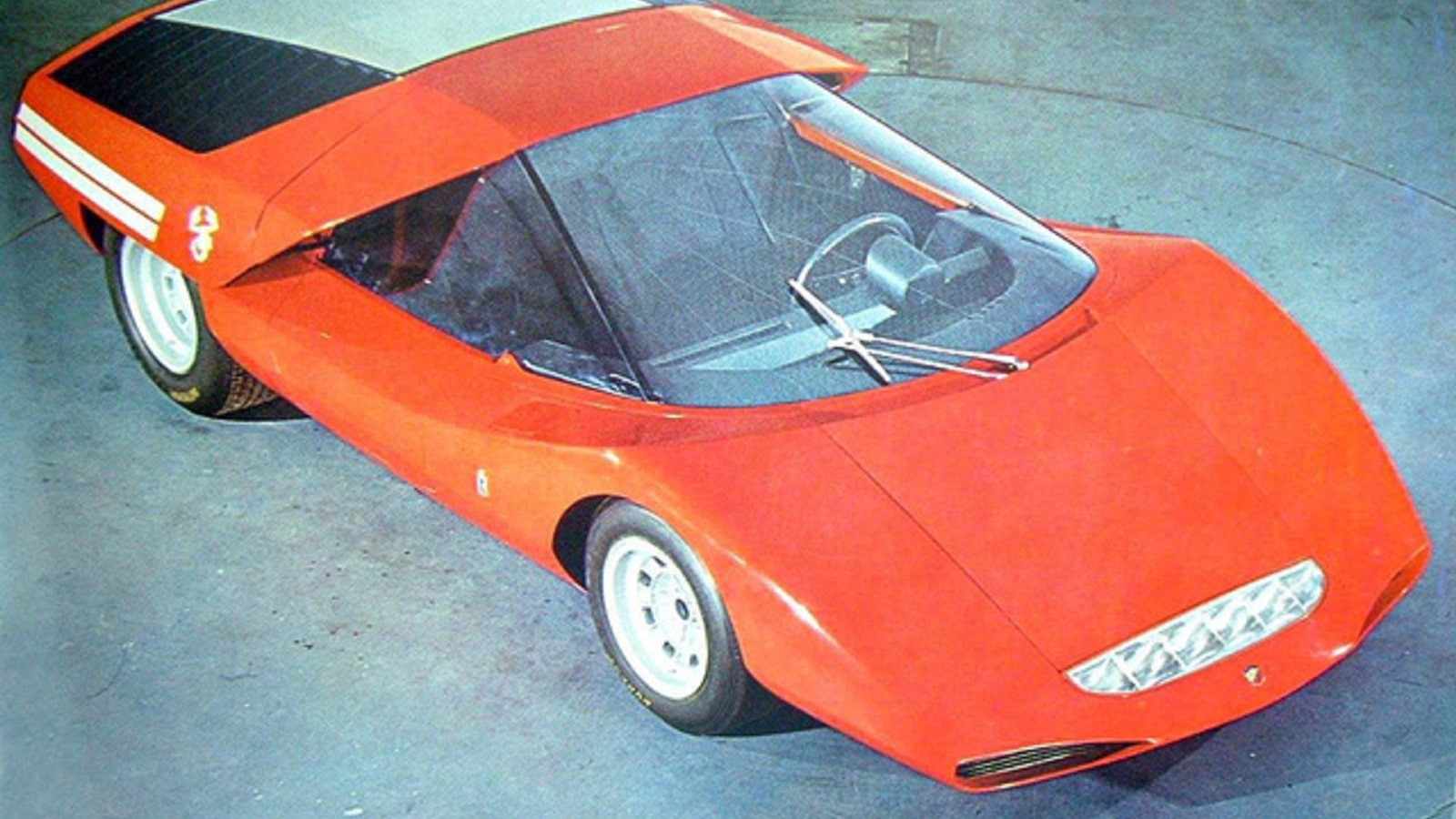 © Abarth
© Abarth -
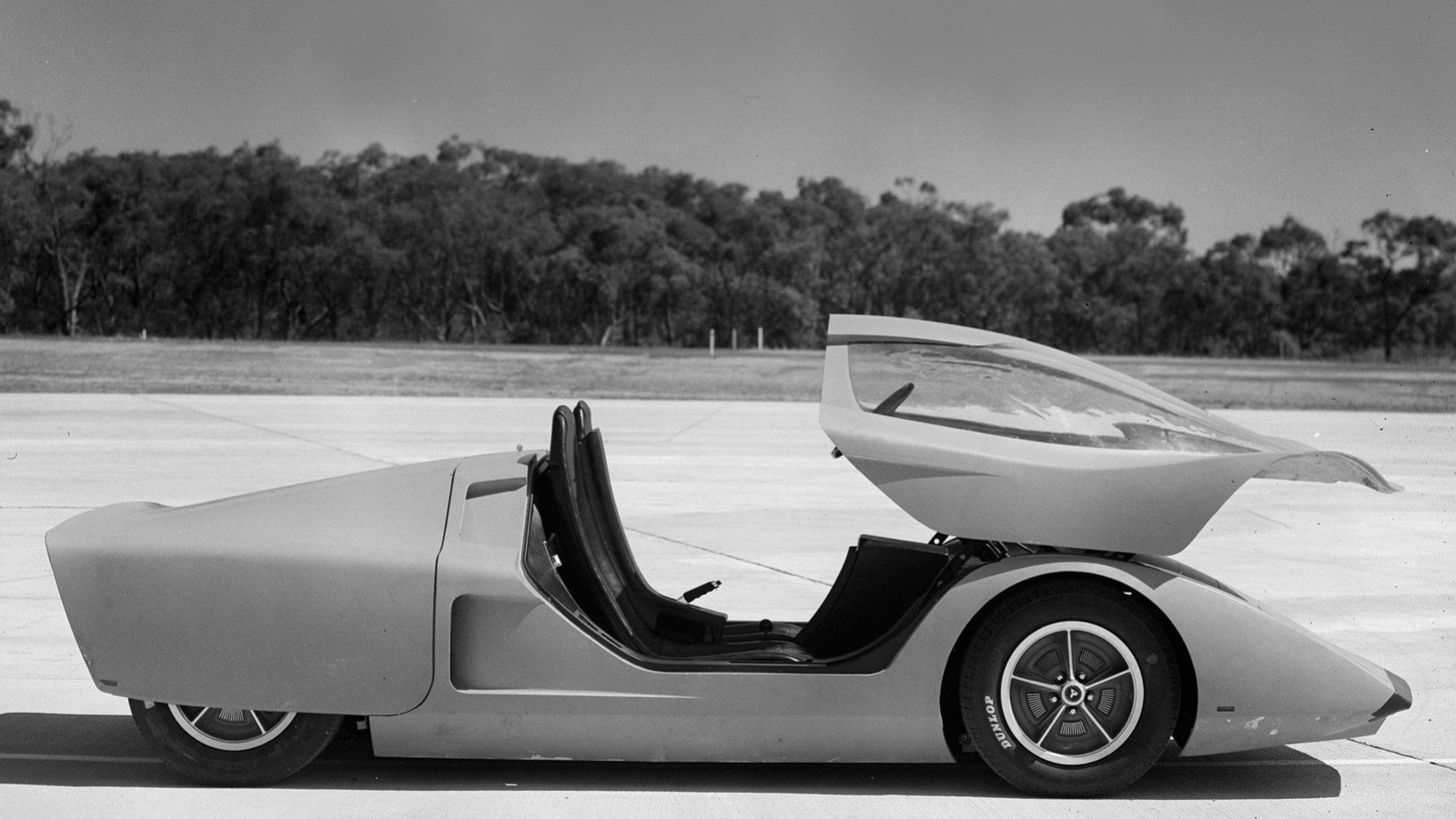 © Holden
© Holden -
 © Haymarket Automotive
© Haymarket Automotive -
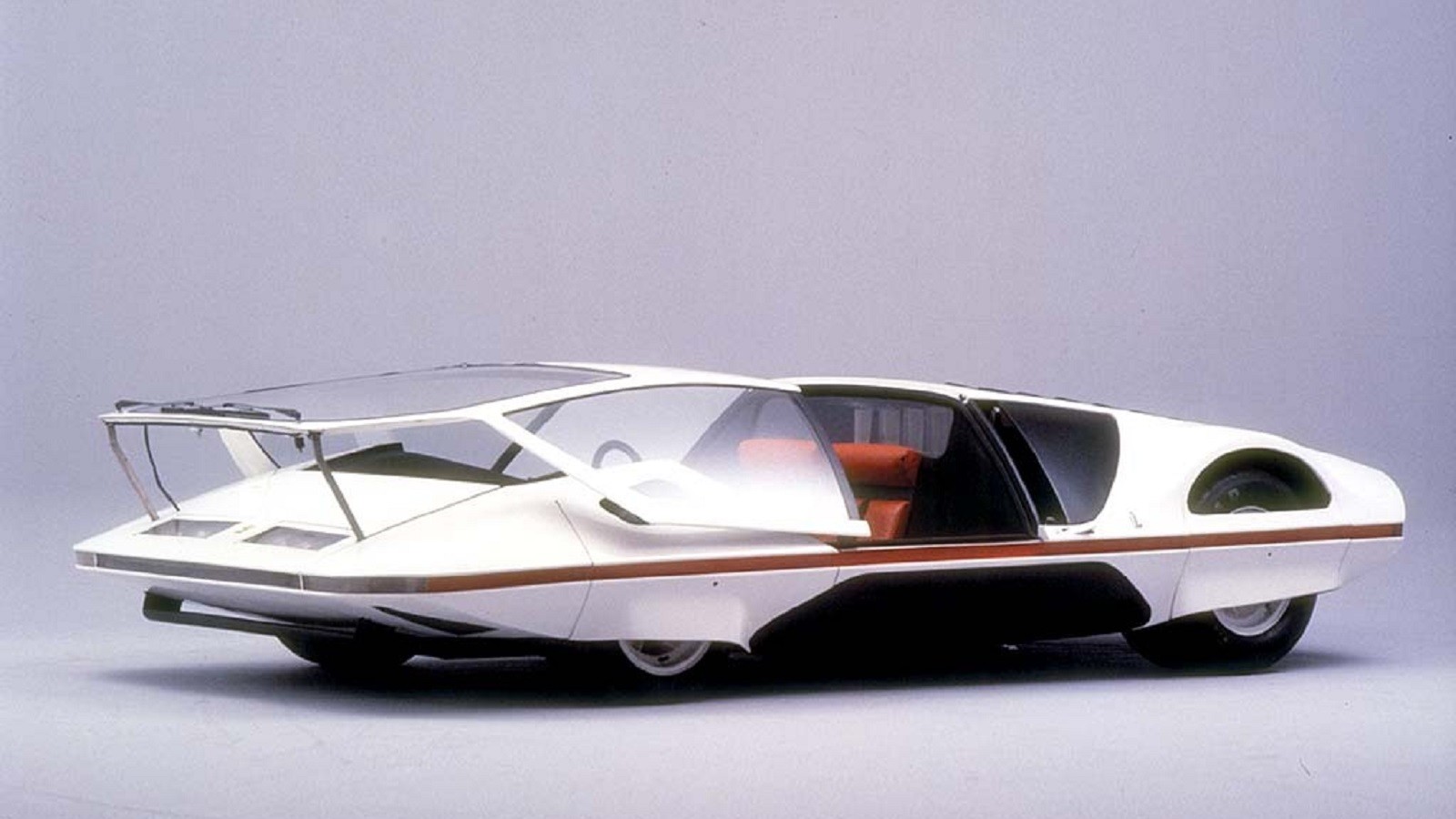 © Ferrari
© Ferrari -
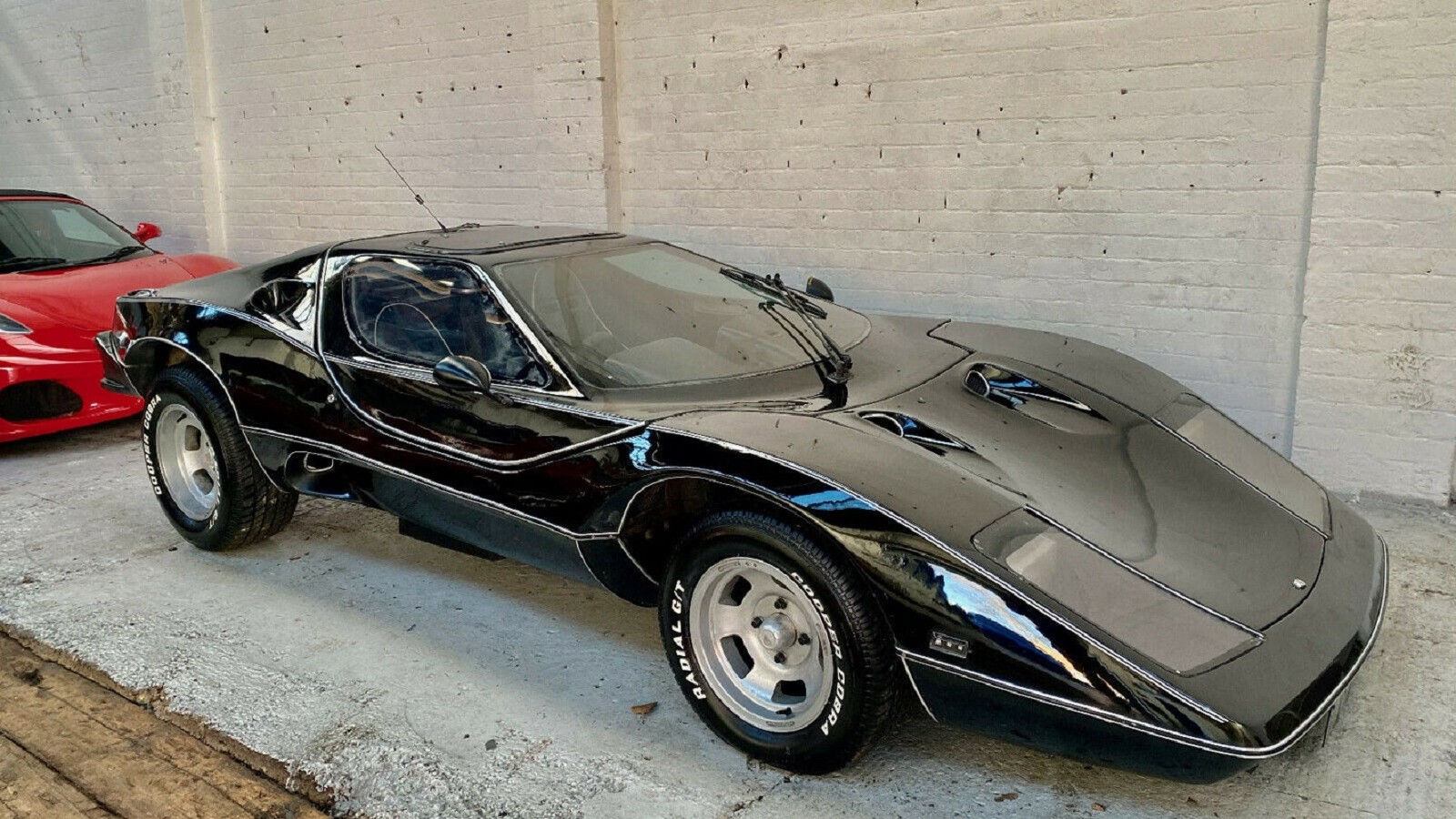 © Haymarket Automotive
© Haymarket Automotive -
 © Haymarket Automotive
© Haymarket Automotive -
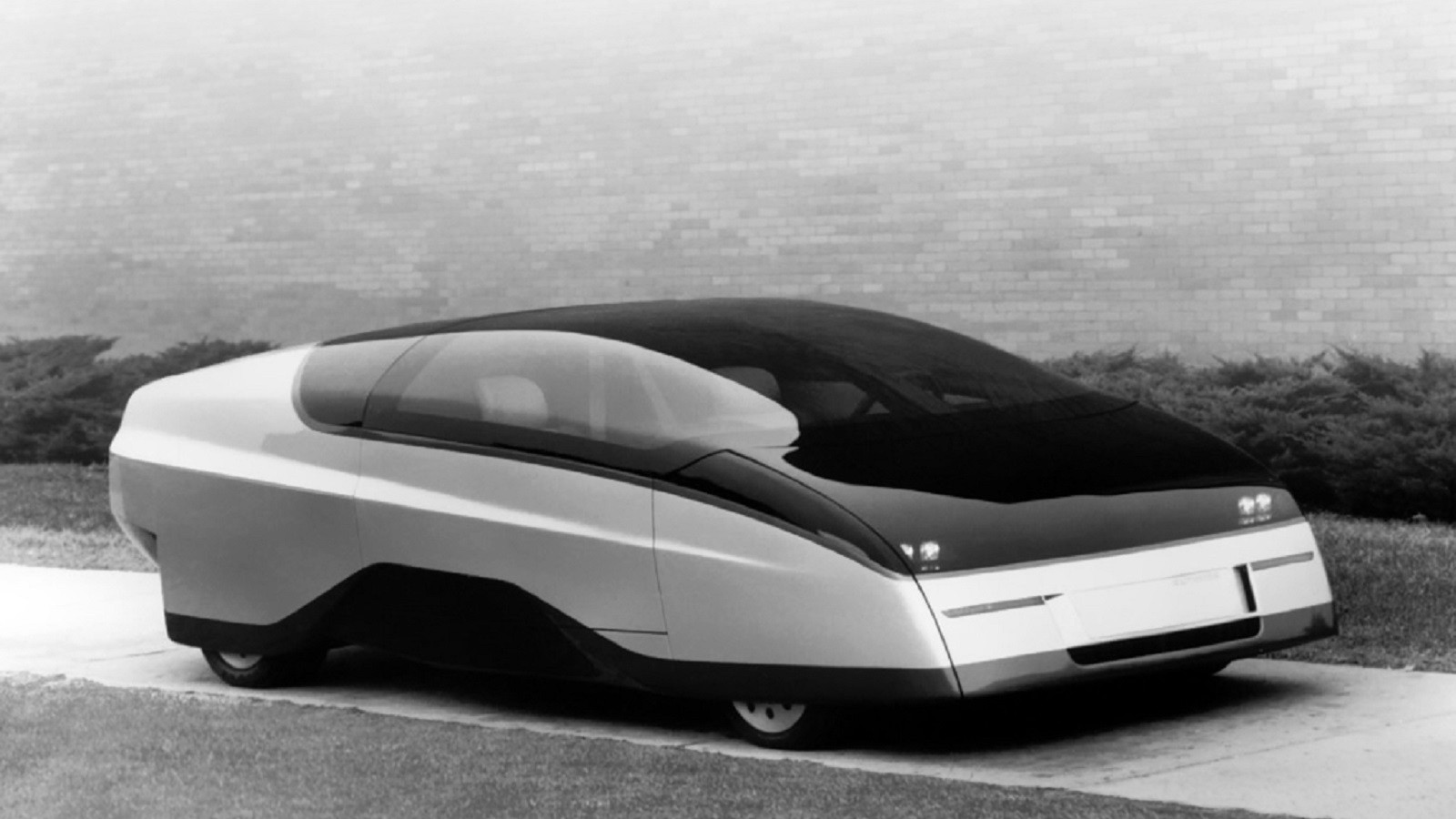 © Chevrolet
© Chevrolet -
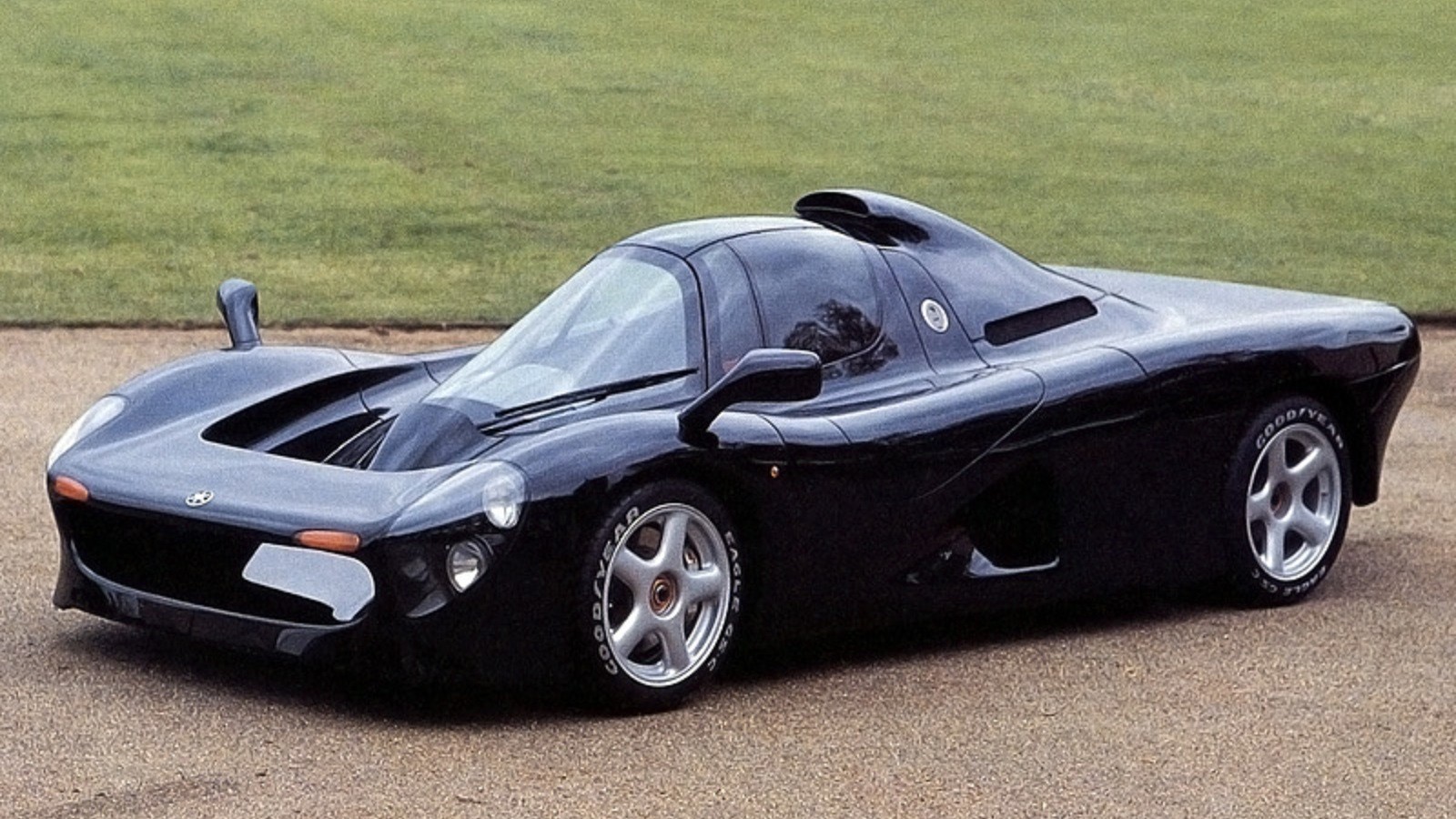 © Yamaha
© Yamaha -
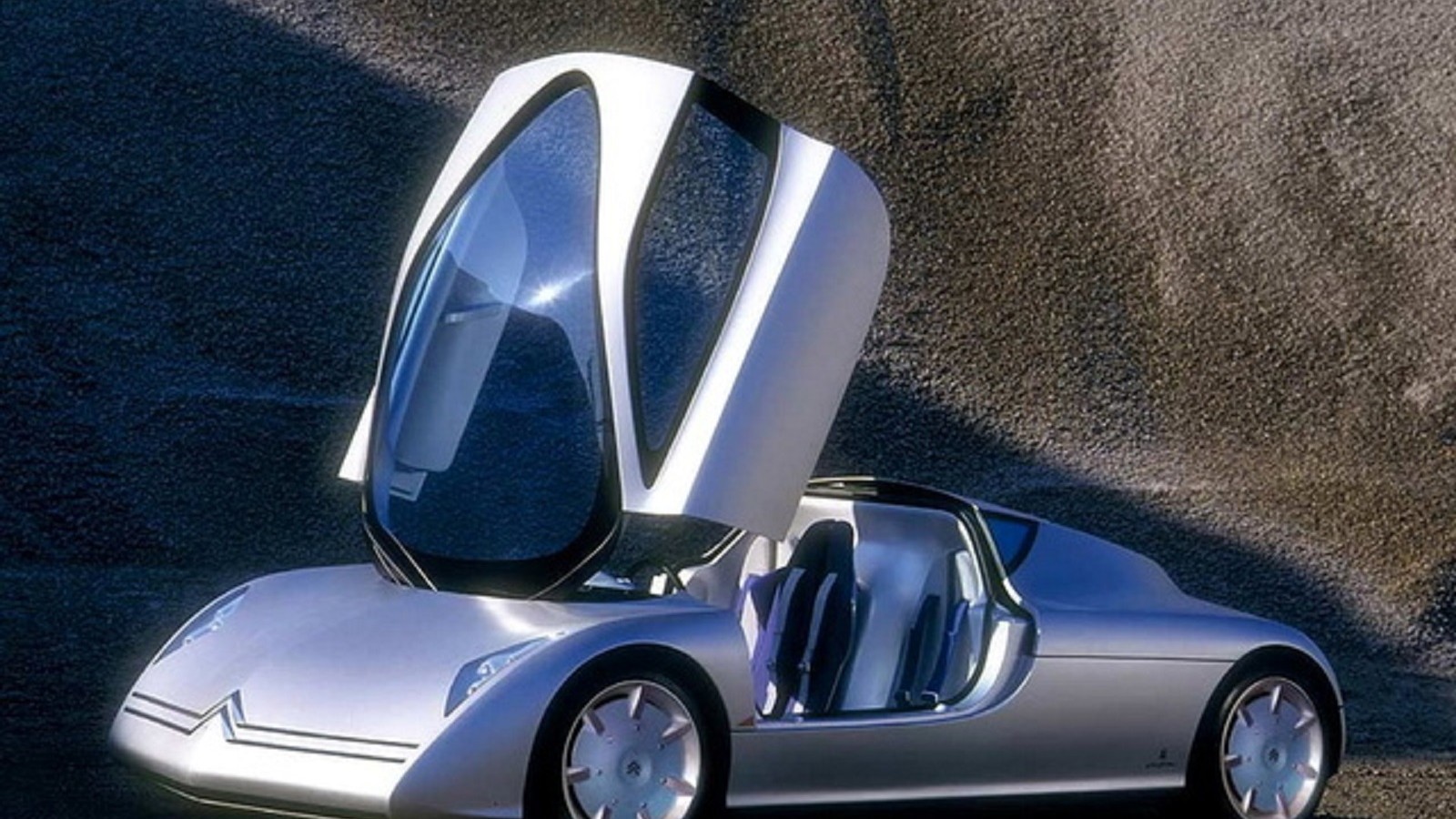 © Citroën
© Citroën -
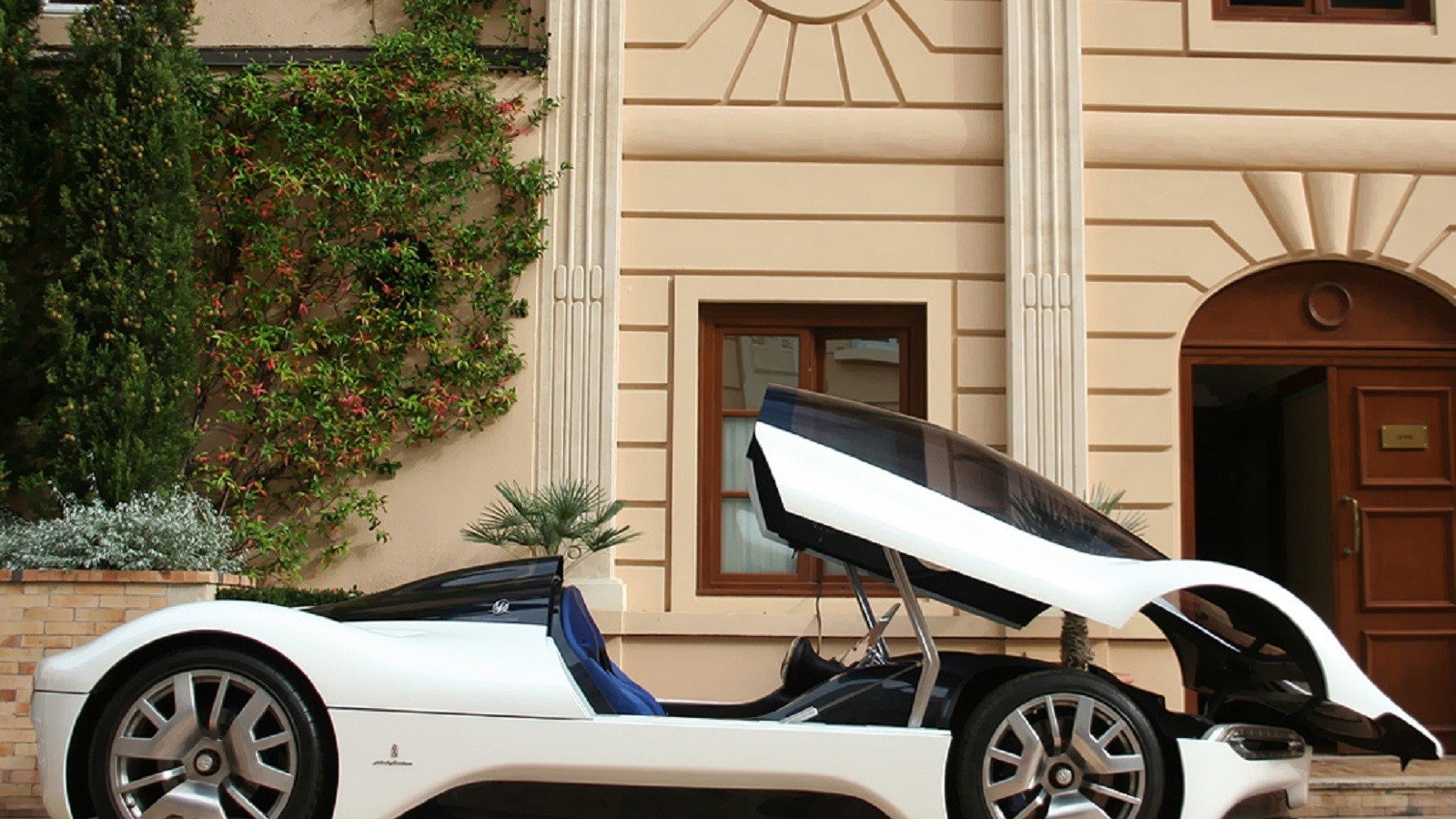 © Maserati
© Maserati -
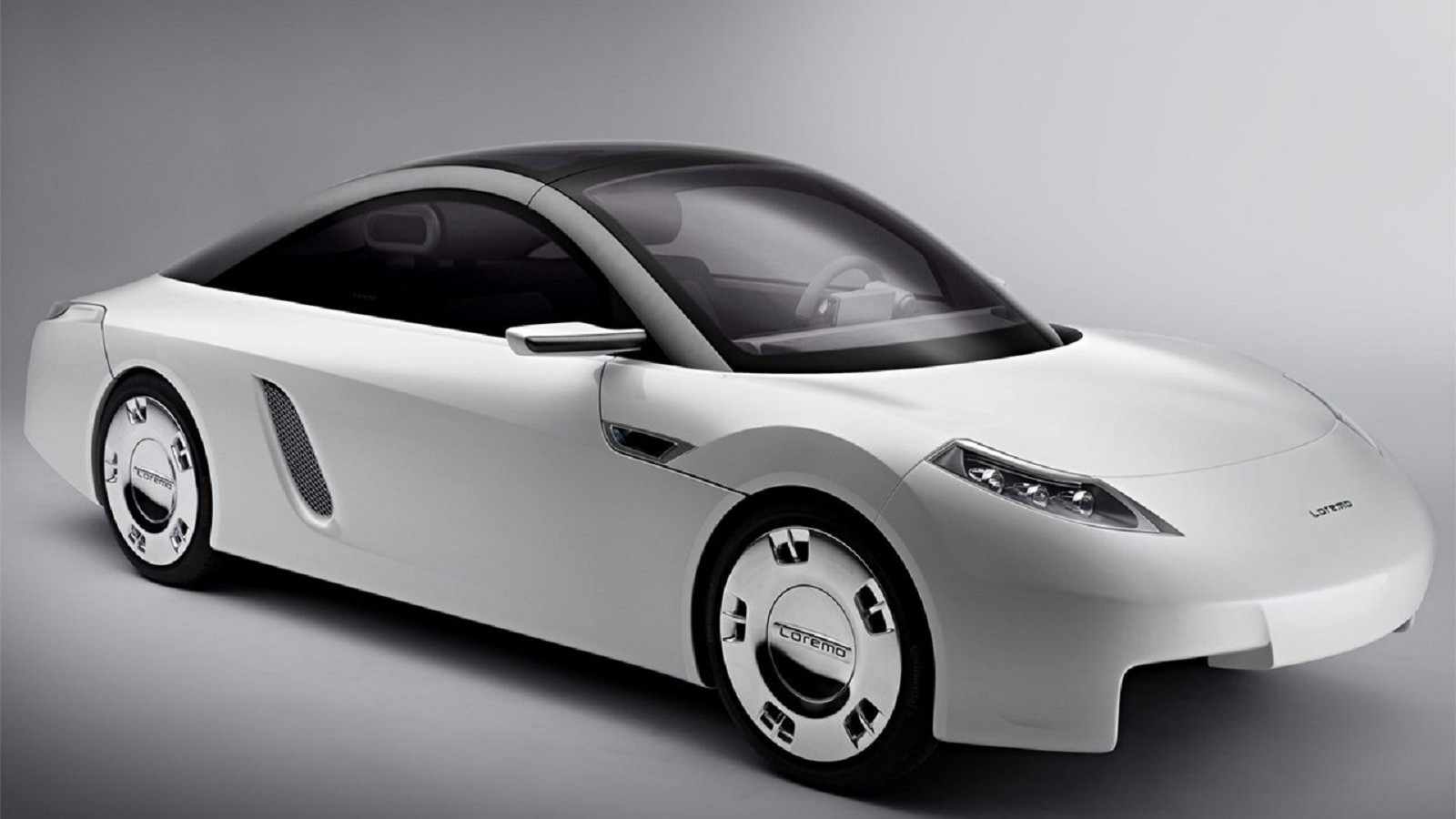 © Loremo
© Loremo -
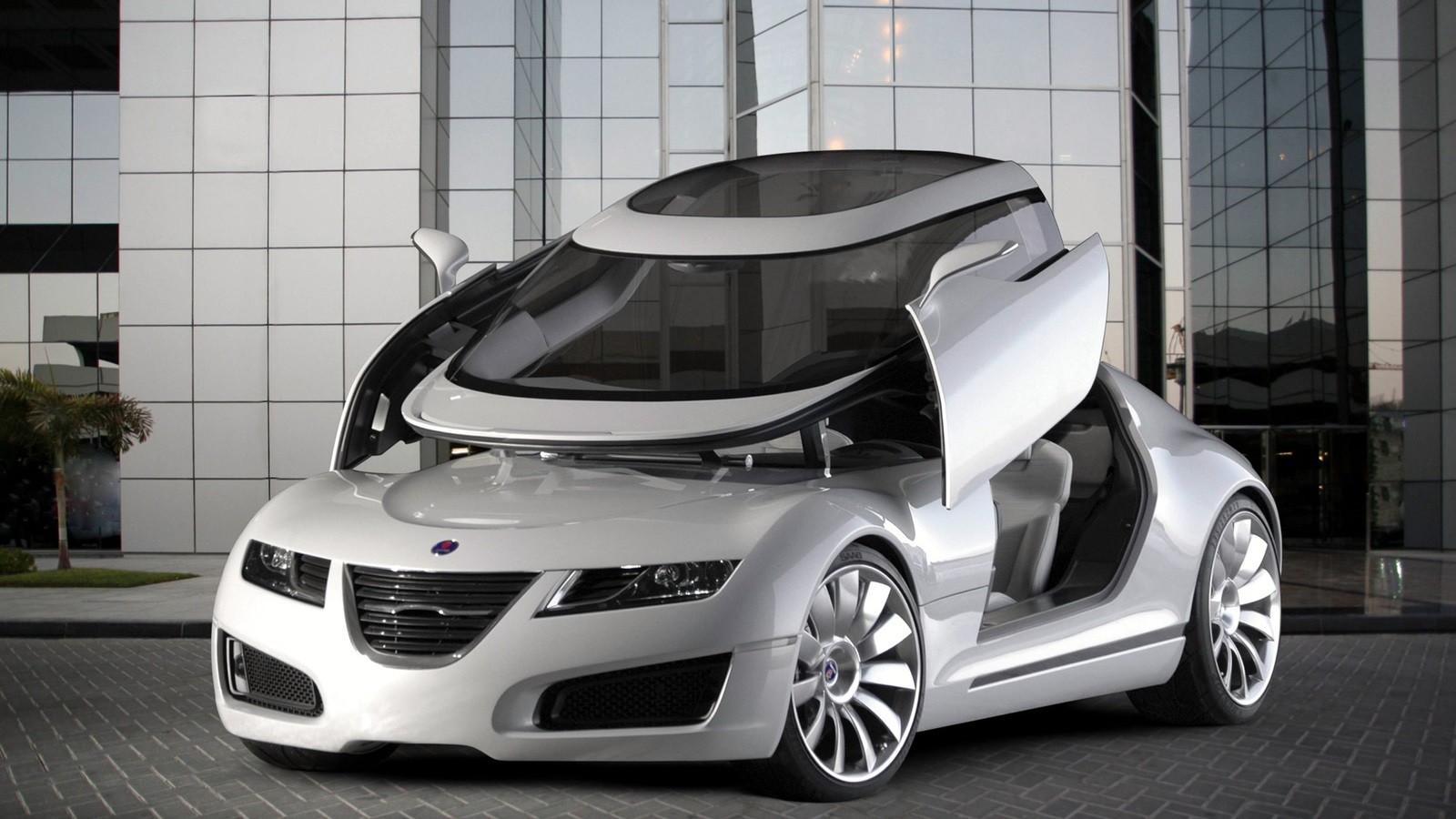 © Saab
© Saab -
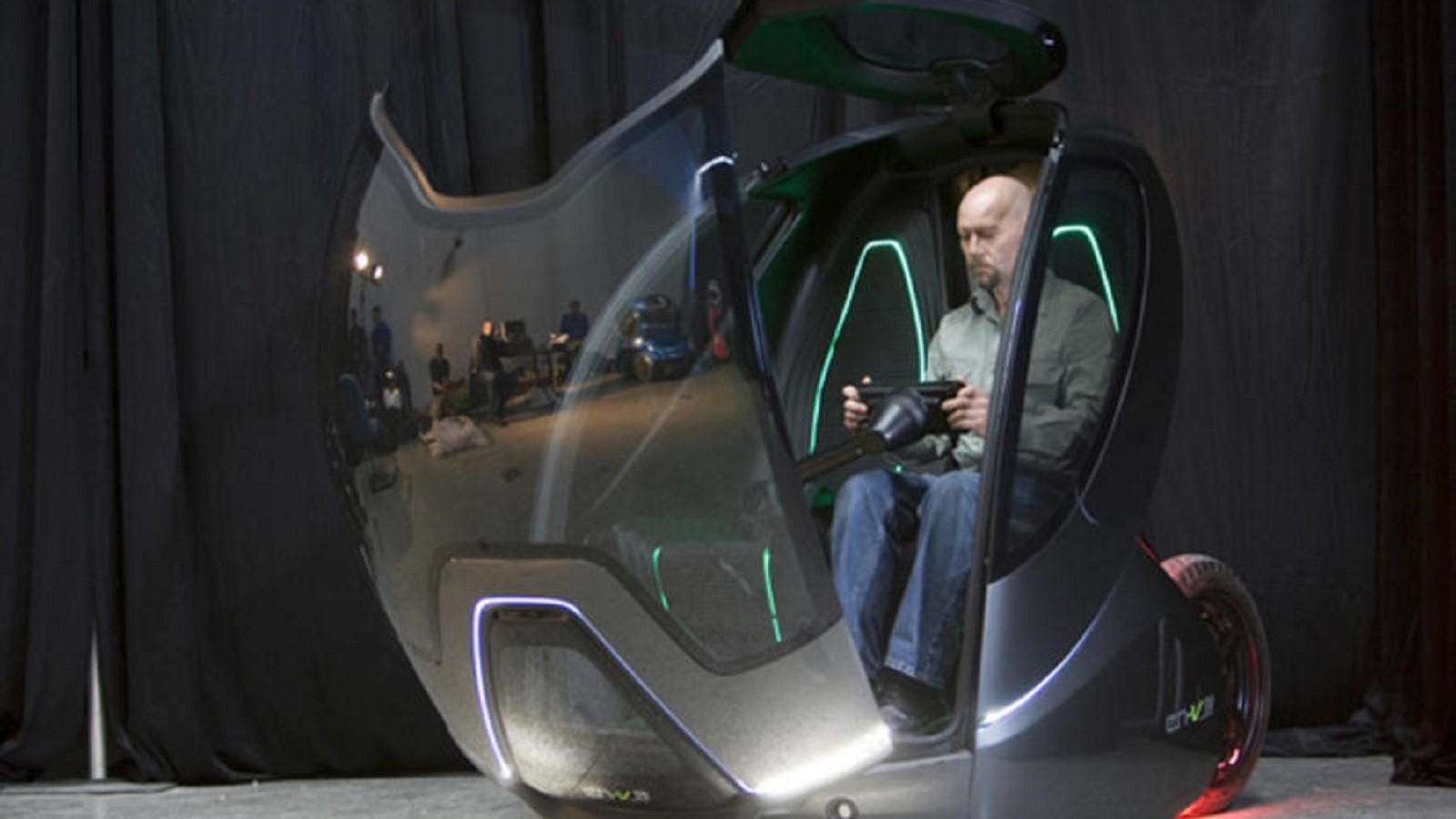 © Haymarket Automotive
© Haymarket Automotive -
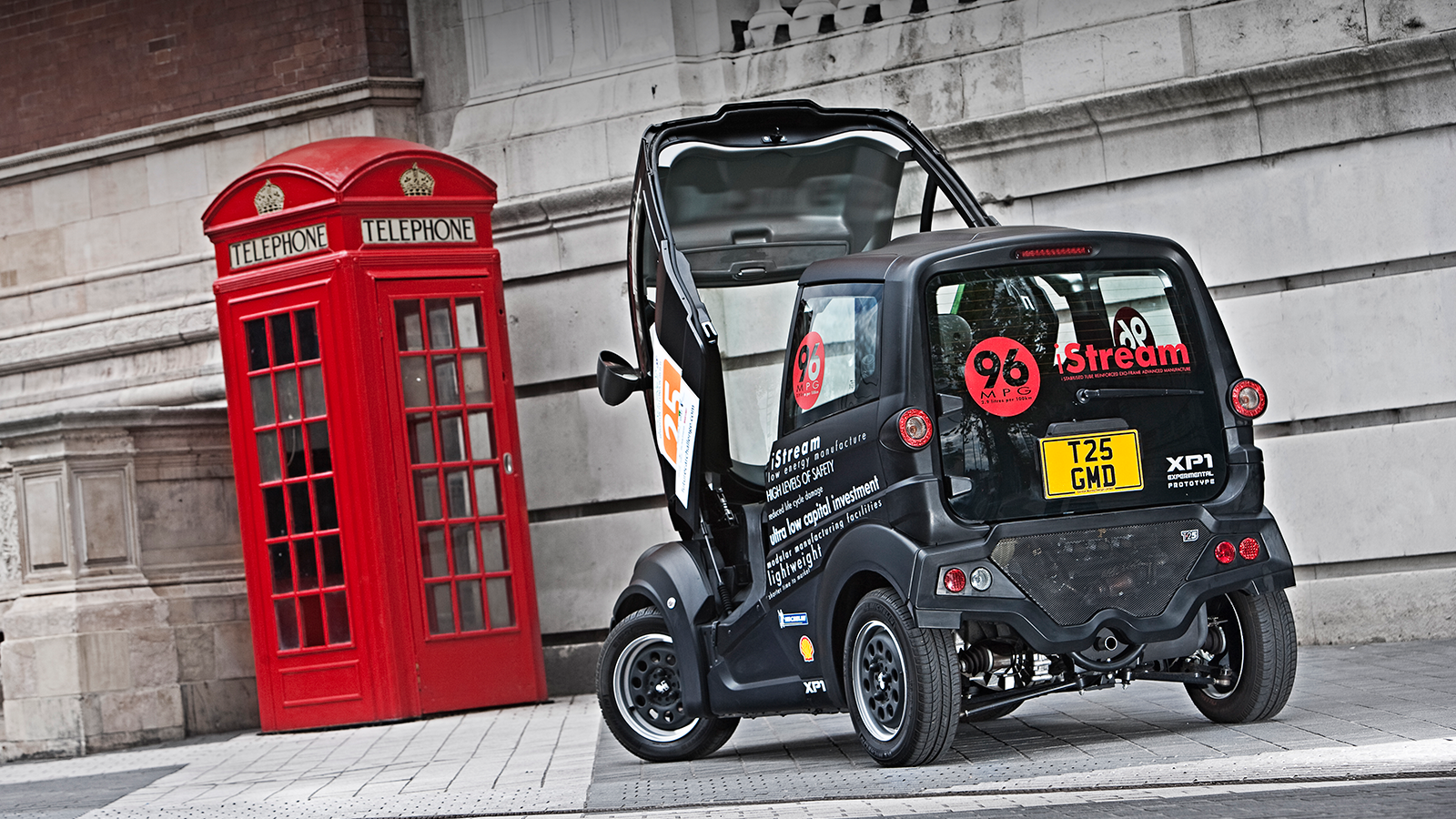 © Haymarket Automotive
© Haymarket Automotive
-
A panoply of canopies
Designers have reinvented the car door in many ways over the course of automotive history – and the lift-up canopy has proved one of the most enduring alternatives to the norm.
Whether it’s an aircraft-style all-glass canopy or the complete roof section that rises or hinges up, getting into and out of a car with a canopy roof is always an event.
Here’s a rundown of 21 of our favourites, in date order.
-
1. Messerschmitt KR (1953)
The large, curved canopy of the Messerschmitt KR models is clearly derived from the firm’s aircraft roots. This also explains the simple side-hinged mechanism for opening and closing the KR’s sizeable plastic roof/door.
Hinged on the right-hand side, the canopy comprises the entire roof of the KR. Roadster models had a fabric fold-down roof, but retained the lower portion of the bodywork that tilted with the canopy for ease of access.
The KR200 enjoyed a simplified canopy design with a curved windscreen and the luxury of an electric wiper, rather than the KR175’s manually operated single blade.
-
2. Lincoln Futura (1955)
The Lincoln Futura encapsulated all that was forward-thinking in 1955, including scoops, wings and, of course, a transparent plastic canopy roof. Even the name was pure Jet Age optimism.
Based on a Continental MkII chassis and styled by Bill Schmidt and John Najjar, the Futura wowed crowds at the 1955 Chicago Auto Show and was a hit when it was released as a toy car and model kit.
However, the Futura’s biggest role was one where it had to give up its name when customiser George Barris turned it into the first Batmobile for the television series. Sadly, the canopy roof was ditched by Barris for a simpler open-top design.
-
3. Chevrolet Testudo (1963)
There’s a hint of Jaguar E-type coupé to the Chevrolet Testudo, which was designed by Bertone to help Chevrolet promote its Corvair in Europe.
Underneath the sleek body with its canopy roof was a shortened Corvair coupe floorpan, engine and suspension.
The Testudo’s front-hinged canopy included a safety glass windscreen and tinted upper Plexiglass roof to fend off the heat of the sun. Another hatch at the rear allowed access to the boot.
-
4. Peel Trident (1965)
Certainly one of the smallest cars to adopt a canopy for access to the cabin, the Peel Trident made use of this design for space efficiency. The large canopy comprised almost the entire front bodywork of the car, as well as the roof, and required only a single front hinge.
A bubble top made of Perspex sat atop a glassfibre body, with a flat windscreen adding to the quirky appearance of the Trident.
An unusual feature of the Trident was the umbrella-topped steering column of the car that rose up and extended with the canopy as it was opened, to maximise space for its occupants to shimmy in or out.
-
5. AMC Amitron (1967)
The AMC Amitron was developed in direct response to impending legislation to improve air quality in the US and reduce its dependence on oil. This explains the battery-powered Amitron’s small size and space-efficient canopy roof.
Unlike many cars with a canopy-style roof, the Amitron’s was rear-hinged. This allowed easier access to the cabin, but the project was shelved when battery costs proved too prohibitive.
However, the Amitron’s influence lived on in the shape of AMC’s Pacer with its wedge looks.
-
6. Ikenga GT (1967)
David Gittens’ Ikenga did not lack ambition when he unveiled it in 1967. Based on a McLaren M1B chassis and powered by a Traco-Oldsmobile race engine to begin with, the canopy roof was the stylistic and literal topping on a very bold design.
The canopy was crafted to look like part of an African warrior mask when viewed from above and Ikenga is a Nigerian word for ‘spirit’.
Due to the canopy’s design, Gittens came up with an inspired windscreen wiper that rotated like a helicopter’s blades. Perhaps this signalled Gittens’ later move into designing autogyros?
-
7. Dodge Charger 3 (1968)
A rear-hinged canopy marked out the Dodge Charger 3 concept that stood just 42 inches tall. When the roof was raised, the instrument cluster and steering wheel swung out of the way to help the driver to get in and out.
Dodge also made it easier for occupants in the low-slung Charger 3 with seats that could rise up by eight inches.
Hot Wheels’ designer Ira Gifford was inspired by the Charger 3 to produce a toy version in 1969, though without the extending flaps on the boot top and sides that were on the concept to aid braking.
-
8. Fiat Abarth 2000 Scorpione (1969)
Filippo Sapino at Pininfarina is responsible for this wedge-shaped slice of late 1960s design that came complete with a delicate, front-tilting canopy.
Shown at the Brussels motor show in 1969, the 2000 Scorpione had a glassfibre body to keep weight down and this was built over a steel frame on an Abarth 2000 Sport Spider SE chassis.
With an all-up weight of 670kg and 220bhp from its 2.0-litre engine, the car had a claimed top speed of 175mph.
-
9. Holden Hurricane (1969)
There’s a passing resemblance between the Holden Hurricane concept and the Vauxhall SRV. The Australian design was first to arrive, making its debut a year before the Brit.
Styled as a research vehicle, the Hurricane was only 39 inches tall, helped by the canopy roof that cantilevered up and over the front of the car.
Unlike many cars with a canopy top up until this period, the Hurricane’s upper section worked hydraulically rather than relying on human muscle power.
-
10. Bond Bug (1970)
You get the option of using a normal side entrance with the Bond Bug or lifting the roof to get into this three-wheeler.
Simple sidescreen-type doors keep the weather at bay and they hinge up to the front when the canopy is lifted, which is much easier than extracting yourself through the door aperture.
Styled by Tom Karen at Ogle Design, the Bond Bug is one of the most successful canopy-equipped cars with more than 2000 sold between 1970 and 1974.
-
11. Ferrari Modulo (1970)
The Ferrari Modulo was a concept by Pininfarina based on a 512S, intended to create a new design direction for the Italian car maker. It achieved that, though the canopy roof went no further.
Sliding forward to make a large space to get into the Modula, the cupola is guided by two struts that are usually hidden in slits either side of the short bonnet.
James Glickenhaus acquired the Modulo in 2014 and restored it to full working order.
-
12. Nova (1971)
Stylist Richard Oakes overcame the quandary of how to get the Nova’s occupants in and out of the low-slung machine by simply raising the entire roof. At a stroke, the Nova became an instant hit with kit car buyers in the early 1970s.
Automotive Design and Development produced the first Nova kits, based on the Volkswagen Beetle floorpan, and the project went through many UK owners in the following years.
The Nova was also much copied around the world, with similar cars being sold in the USA and Australia.
-
13. Eco Mobile (1984)
An attempt to marry the best of a motorcycle and car in one package, the Eco Mobile used a canopy as a neat solution to accessing the cockpit of this aerodynamically shaped two-wheeler.
Tandem seating allowed two people to travel in the Eco Mobile, though the side sill was surprisingly high to step over.
At a standstill, small stabiliser wheels popped down to keep the Eco Mobile upright as the composite material canopy was opened.
-
14. Chevrolet Express (1987)
Chevrolet came up with the Express concept as a near solution to a US government proposal for a high-speed motorway network.
The slippery shape of the Express, with its large front-hinged canopy opening on to a four-seat cabin, allowed for cruising at 150mph with 25mpg fuel economy thanks to a 0.20Cd drag figure and a gas turbine engine.
It never made production, but the Express gained some recognition when it was used as a prop in Back to the Future II.
-
15. Yamaha OX99-11 (1992)
Yamaha has helped with many car engines, but the Japanese firm went the whole hog to build its own supercar with the OX99-11.
Originally designed as a single-seater by British firm IAD, Yamaha insisted it should carry two people, so a canopy opening was used to permit enough room to reach the rear tandem seat.
Delays and budget problems meant only three of this 3.5-litre V12-powered supercar were ever built.
-
16. Citroën Osée (2001)
The droop-snooted looks of the Citroën Osée eventually found an outlet in the 2005 C6, but its canopy doors remained an unusual feature of the concept car.
Driver and passengers, with one seated either side of the driver’s chair, got in through the hydraulically operated canopy that was worked from a remote control.
Large door bins offered storage to the passengers, though anything left in there was likely to fall out when the canopy was opened.
-
17. Maserati Birdcage 75th (2005)
The evocative Birdcage name was used to mark Maserati’s 75th anniversary with this concept car – and it grabbed attention with a canopy that included the entire roof and front clam.
Styled by Pininfarina, the Birdcage used carbonfibre for the bodywork and Perspex for the windscreen to reduce weight.
The windscreen of the Birdcage has to extend far into the front clam section as the driver would otherwise be unable to see anything immediately in front of the car.
-
18. Loremo (2006)
Loremo was a forward-thinking attempt to offer an efficient car using a small capacity engine, excellent aerodynamics and low rolling resistance.
Part of the design was the lift-up canopy that tilted forward to give slightly awkward access to the cabin.
The canopy was made up of the large windscreen and whole front bodywork of the Loremo, but even this unusual feature couldn’t save the company and it folded in 2010.
-
19. Saab Aero-X (2006)
The ‘what if’ demise of Saab is nowhere more sharply felt than with the Aero-X concept that showed a bold possible direction for the Swedish firm.
In keeping with Saab’s innovative thinking, the Aero-X didn’t come with a canopy roof like any other. As it was raised, the lower side door sections moved up and around the side windows to give completely unfettered entry to the car.
With the canopy closed, Saab claimed the driver had an unhindered 180-degree view, because the canopy design did away with A-pillars.
-
20. GM EN-V (2009)
General Motors worked with Segway to create the EN-V, which was more of a glorified pod on wheels.
Intended as urban transport only, half of the ovoid body swung up and back to let the two occupants step out of the EN-V.
Amazingly rooming inside, the EN-V (Electric Networked Vehicle) had a centrally mounted control stick that pivoted in the middle so it could be used by either occupant.
-
21. Murray T25 (2010)
When Gordon Murray adopts an idea, it’s wise to sit up and pay attention, which is what the car world did in 2010 when he unveiled his T25.
The T25 has a large canopy that pivots forward but remains within the car’s length, so the car can be parked in tight spaces while still allowing unimpeded entry and exit.
Taking up less road space than a Smart Fortwo, the T25’s central driving position, like a McLaren F1’s, allowed it to carry three people and the canopy was essential to providing good access to all three seats.
